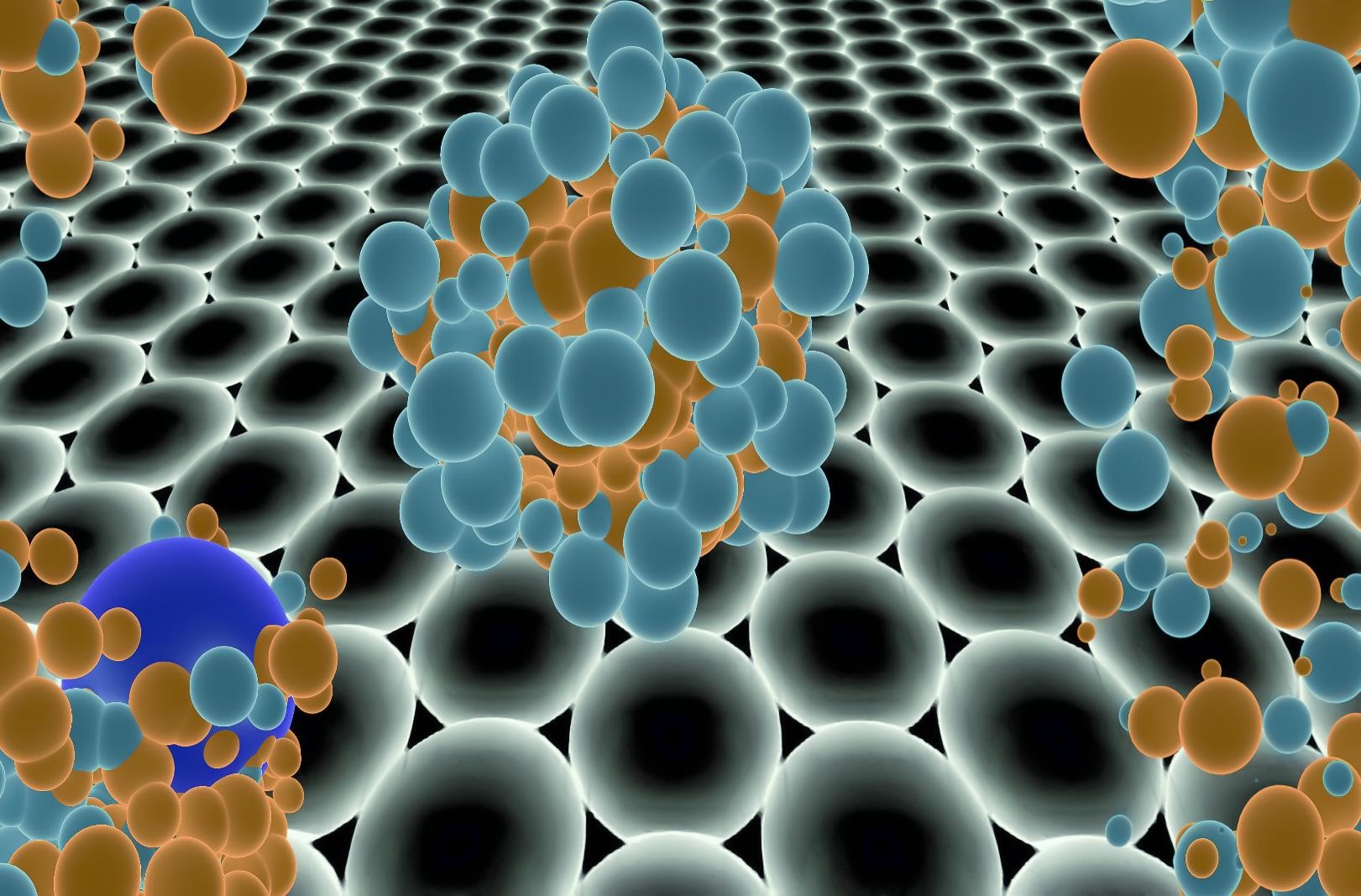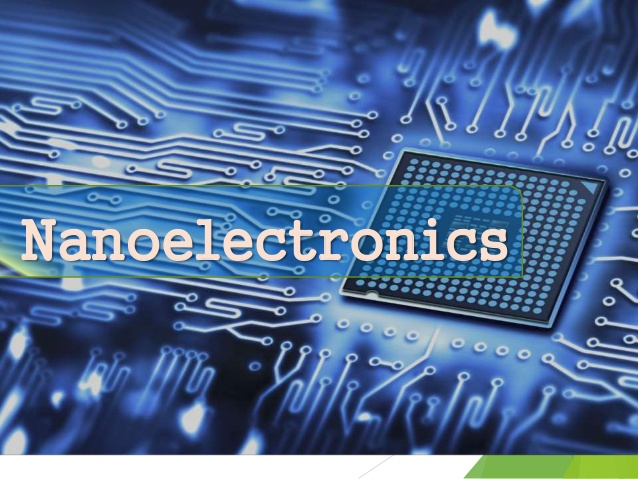A review of self assembly in nanoelectronics (PhD in nano-microelectronics)
Researcher and author: Dr. ( Afshin Rashid)
Note: Self-assembly is a process in which organized particles are spontaneously composed of individual components, sizes from the molecular to the macroscopic scale are further implemented in colloidal nanoparticles and in a nanoscale printing process. Used to produce micro / nanoelectronic devices.
The technology of nanoelectronic self-assembly methods is considered as one of the top technologies in the world. Nowadays, increasing data storage capacity, increasing its transfer rate and reducing the size of electronic devices, especially transistors, is very important because reducing the size of electronic devices, in addition to increasing processing speed, also reduces power consumption and nanoelectronics. It can be helpful in reaching the smallest possible dimensions. In order to become more familiar with this technology and to understand more deeply the various phenomena that occur in nanometer dimensions, and as a result of accurate analysis of results and fundamental modification of self-assembly methods, its purpose is to produce new sample properties and appearance. Another goal is to design and fabricate components that take advantage of the capabilities of quantum mechanics. Quantum computers and their realization are other goals.
In fact, it can be said that expanding the understanding of particle self-assembly methods to design complex structures to perform tasks is predetermined. Developing a better understanding of particle self-assembly methods to do things cheaper, which in turn requires solving communication problems and replacing transistors. Today, single transistors with a gate length of 40 nm are made of silicon. Transistors with a gate length of less than 25 nm are also made of gallium arsenide. In the compact network of such transistors, the current to the transistor is reduced due to the thinning of the interface wire. This is one of the barriers to downsizing that is not related to the structure of the transistor.
Conclusion :
Self-assembly is a process in which organized particles are spontaneously composed of individual components, sizes from molecular to macroscopic scale are implemented in colloidal nanoparticles and in a nanoscale printing process to produce Micro / nanoelectronic devices are used.
Researcher and author: Dr. ( Afshin Rashid)
PhD in Nano-Microelectronics




